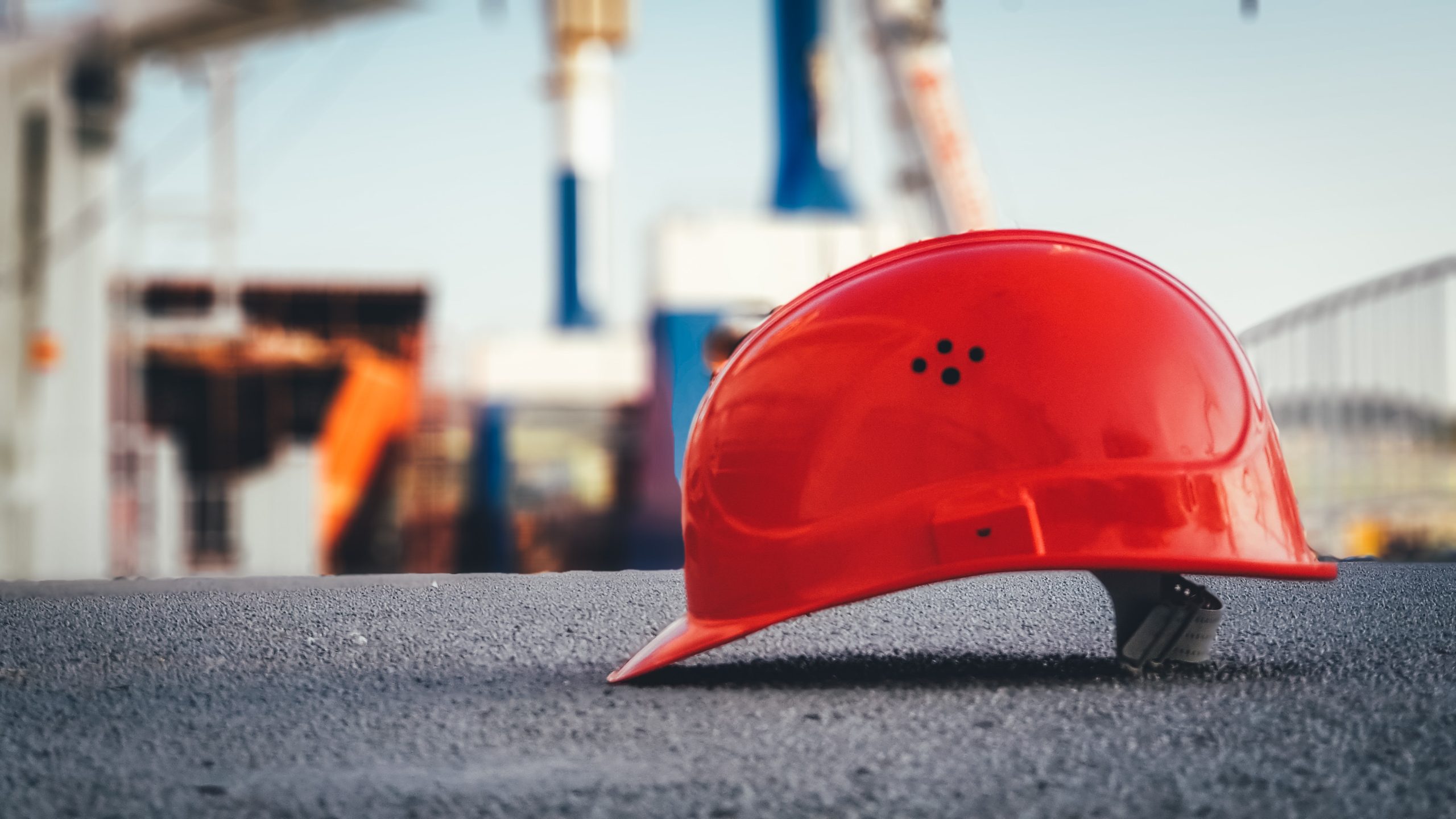
Safety Management Software can help to reduce workplace incidents, especially in the world of construction. In recent months, research has been published by the NSW Centre for WHS looking into crane safety on construction sites.
The paper is based on the Crane safety in construction research produced by the Centre for Work Health and Safety and RMIT and digs into the fatal incidents that have happened in Australia while workers have been using cranes.
The report highlights some interesting points about incidents and how we can work together to minimise these tragic events.
Why was the report carried out?
Crane usage is a major risk and hazard on any construction site, but the 47 Australian workers killed in incidents involving cranes between 2003 and 2015 are significantly high (SafeWork Australia, 2016).
When the number of fatalities are that high, it is imperative that government organisations and governing bodies look into how these fatal events can be prevented.
It’s not only deaths that we want to monitor and prevent though, the report also highlighted the need to minimise injuries involving cranes too. On average, 240 serious injury claims arise from crane safety incidents every year (SafeWork Australia, 2019), which for a developed country with a relatively small population, is too high.
The aim of the study was to:
- identify the causes and contributing factors associated with safety incidents involving cranes in the construction industry; and
- explore strategies/programs/approaches that could be or have been successfully implemented to prevent crane safety incidents in the construction industry.
What did the study into safety incidents find?
This is a very topline overview, and for the full details you can read the study in full over at the Centre For WHS website. It’s an important research summary for those working in construction, either with cranes or managing workers and subcontractors who use cranes.
The key risk factors that the report concluded were contributing causes to incidents involving cranes were:
- The regulatory environment
Is the business regulating their safety environment well? Were measures put in place to try and prevent incidents (like adopting safety management software)? Had the business worked on prior risks or incidents to do better and did they take into account the current regulations? When the answers to these questions are no, the risk of an incident is higher.
- Prevailing levels of worker skill and competency
Did workers have training and qualifications? Were they up to date? Had they been working recently in the same field? How was this measured and assessed? These are important in assessing the risk of an incident.
- Industry supply issues
Were safety measures impacted by supply issues? This could be physical resources, or man power. In other words, was the team ‘down’ or under pressure in any way because of supply problems?
- Site planning and management issues
Site management is really important. How was the site managed? How were visitors on the site reported? Did contractors have their own safety measures and understanding? Were safety considerations managed well?
- Physical worksite conditions
These could be things like physical risks that are presented on the day. Eg – weather conditions, the way the site was set up, how equipment was set up or left the night before.
- Human errors and equipment failures
Equipment failures and human error can be tragic. Measures need to be put into place to minimise these issues. Things like checking equipment regularly and ensuring that workers meet minimum standards in terms of their training, but also subjective measures like how tired they are or how mentally stable on any given day. Employers need to take these into account just as much as how physically able an employee or contractor is.
How can we minimise these incidents?
The literature review identified ways to prevent crane safety incidents in the construction industry. These are also good guides to minimise wider incidents too.
They suggested businesses need to:
- “Clarify the roles and responsibilities of workers conducting crane-related activities at the worksite, and the suppliers and subcontractors when selecting equipment and site planning.
- Improve the training of people responsible for planning, coordinating and supervising lifting operations.
- Improve the licensing systems to record crane operators’ competencies in using particular types or models of cranes.
- Promote the adoption of new and emerging technologies to improve crane safety.”
How Beakon can assist with safety management software
It goes without saying that no safety management software can completely minimise the risk of an incident occurring on site. However, safety management systems and incident management systems like Beakon can help to improve safety measures and reduce risk.
Beakon can help you assign roles and responsibilities, keep track of permits to work and education, and promote training automatically so that no one gets left out. All while offering a mobile solution that is accessible anywhere.
Don’t take the risk. Talk to us about how we can help you manage on-site safety today!

